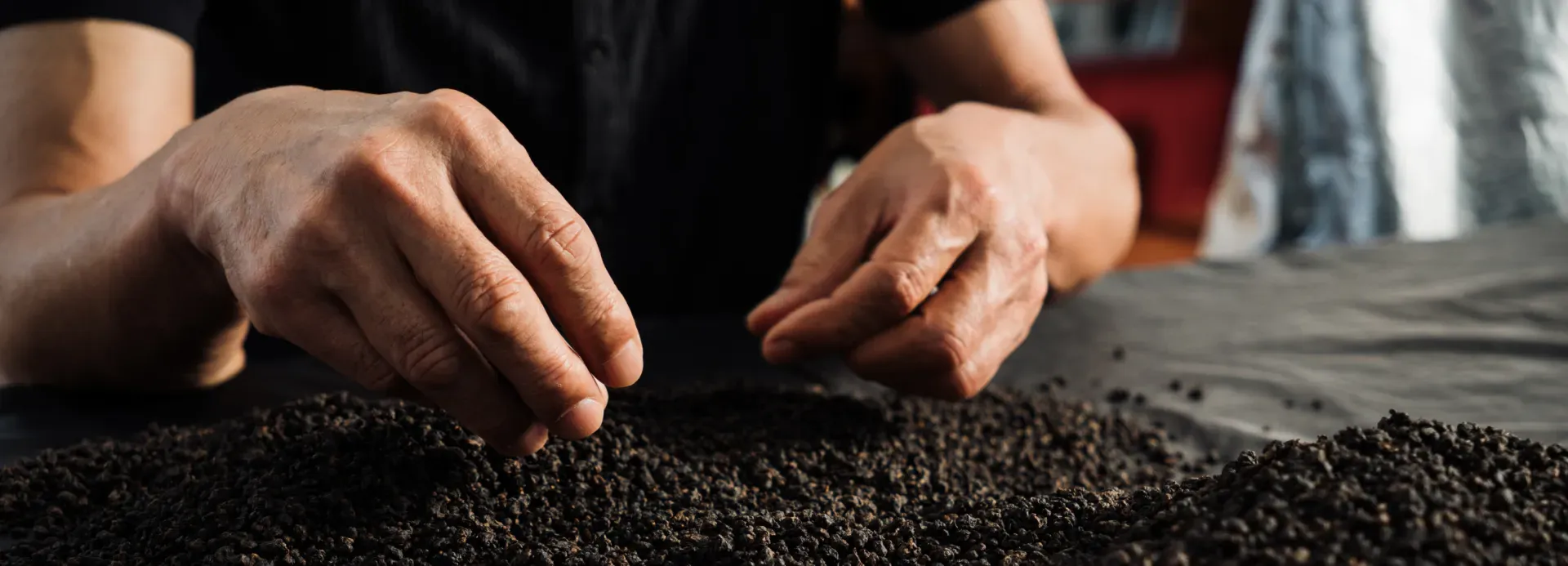In the current tea plantation, there are generally two types of tea harvesting: machine harvesting and manual harvesting. However, although machine harvesting saves time and labor, it tends to damage the integrity of the tea leaves and harvests the old leaves together with the young ones, resulting in a wide range of tea quality.
In order to produce high quality tea, Yoon Fong Tea Plantation adopts the most time-consuming and labor-intensive manual harvesting method, which only harvests the young leaves and excludes the old ones, leaving the leaf surface intact, so that the tea leaves can be fully stretched out during the brewing process, and to lay the foundation for good tea production!
